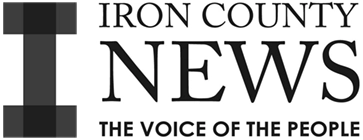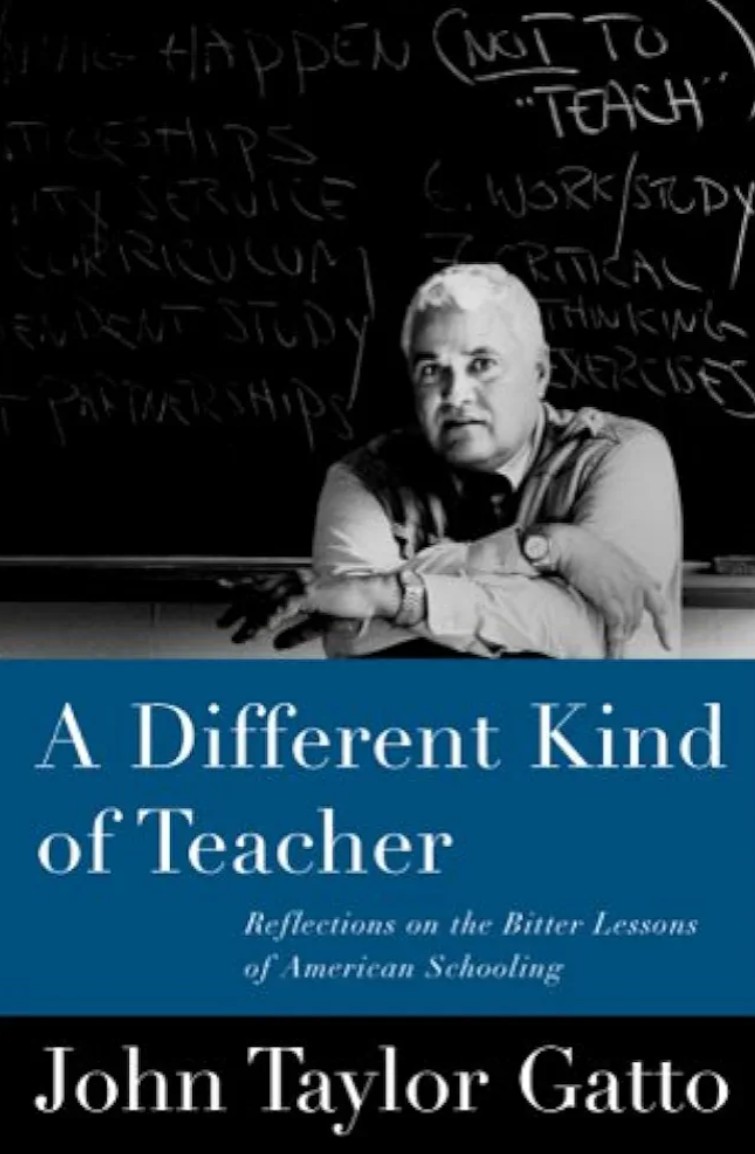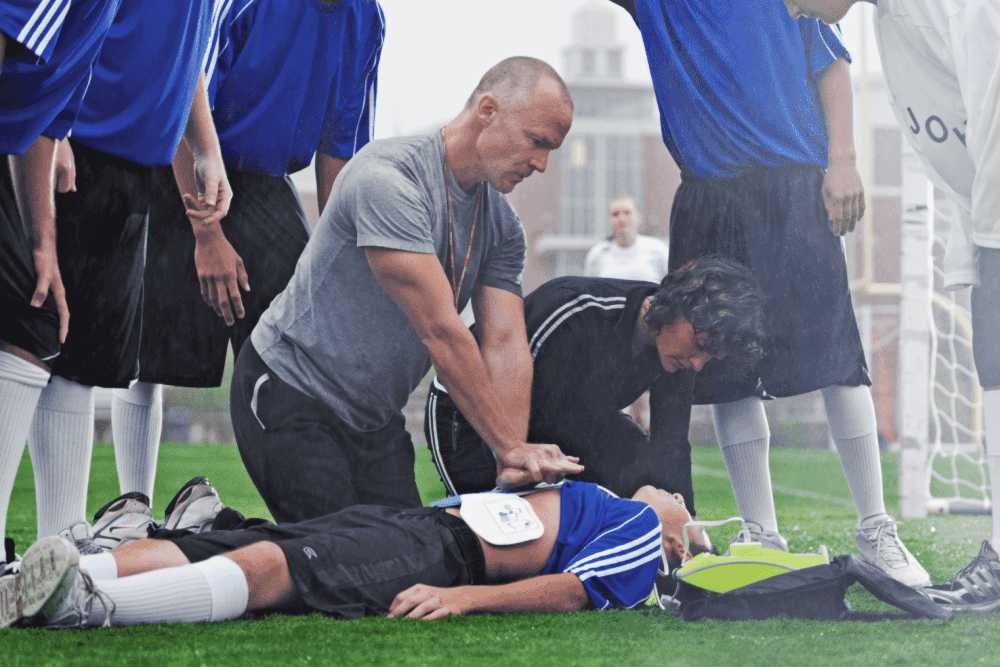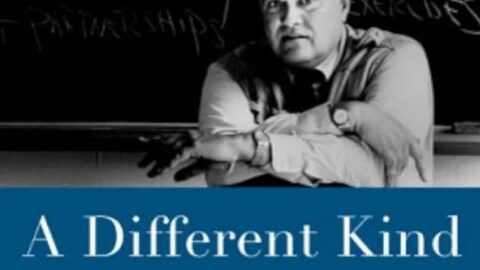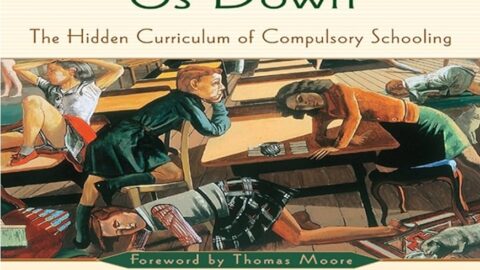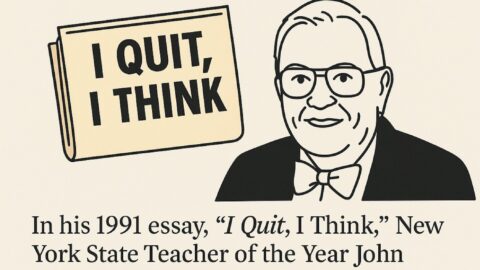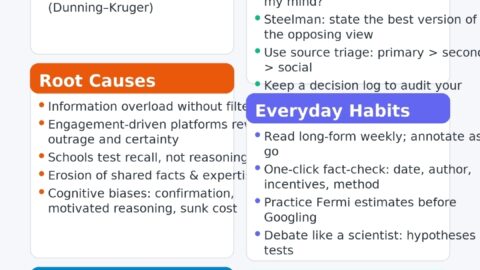What crisis? (Gatto’s diagnosis)
Gatto says the crisis isn’t money, class size, or test scores. It’s purpose. We’ve confused schooling (a mass-management system) with education (the cultivation of judgment, character, competence, and independence). Because the system is built to manage, it reliably produces:
- Shallow literacy (enough to pass tests/consume media, not to self-educate).
- Dependency (waiting for instructions, rubrics, and permission).
- Civic amnesia (little practice in self-government or public speaking).
- Isolation from real life (segregation by age, building, and bell).
He calls this the system’s hidden curriculum—what kids learn regardless of the subject on the board.
The “hidden curriculum” in plain English
Gatto’s famous “seven lessons” (first articulated elsewhere, expanded here) describe the habits school actually installs:
- Confusion – Knowledge is chopped into 42-minute fragments; meaning never coheres.
- Class position – Tracking, labels, and “levels” tell children where they “belong.”
- Indifference – When the bell rings, nothing matters anymore.
- Emotional dependence – Authority decides what is “good work.”
- Intellectual dependence – Experts choose what counts as knowledge.
- Provisional self-esteem – Worth comes from grades, stickers, credentials.
- Constant surveillance – Privacy is suspect; compliance is virtue.
Gatto insists none of this is accidental; these are structural features of the compulsory, standardized, age-graded model.
Why the structure looks like this
- Industrial/Prussian roots: Imported to create orderly, obedient citizens and a predictable workforce.
- Social-efficiency ideology (early 1900s): Administrators and testing advocates reframed school as a sorting machine.
- Foundation steering: Big philanthropy bankrolled teacher colleges, testing regimes, and “best practices” that normalized central control and measurement.
- Credentialism: Seat-time (Carnegie Units) and diplomas replaced mastery and public demonstration of skill.
What this does to teachers
Gatto argues the system turns teachers into managers and script readers, not mentors:
- Bells and pacing guides interrupt the adult work of coaching deep study.
- Standardized tests narrow what can be risked in class.
- Paperwork and surveillance (for students and staff) enforce compliance.
- Certification pathways reward procedural fidelity, not master-apprentice growth.
He isn’t anti-teacher; he’s pro-teacher autonomy, and he writes as a decorated New York City veteran who learned how to “teach against the script.”
What “a different kind of teacher” does instead
Across the essays, Gatto sketches a counter-model you can run inside or outside the system. Pillars:
1) Time: from slices to stretches
- Trade 42-minute periods for long blocks so students can read, make, build, interview, or write without interruption.
- Protect solitude and silence; depth requires both.
2) Audience and stakes
- Replace unit tests with public exhibitions: essays published, debates hosted, products shipped, performances staged, service delivered to real clients.
3) The town as campus
- Treat the community as laboratory: courts, shops, farms, archives, labs, museums, city hall.
- Apprenticeships/mentors: help each teen learn real adult work (rotate domains through the year).
4) Curriculum of whole books & primary sources
- Ditch pre-digested textbooks; read great books and living books, original documents, manuals, journals; write and speak about them.
- Keep a commonplace book (notes, quotes, reflections) to build a personal knowledge web.
5) Mixed-age, cross-disciplinary work
- Let older students tutor and lead.
- Collapse subject silos into projects (build a boat, run a newspaper, stage a trial, start a micro-business).
6) Evaluation that teaches
- Swap points for narrative feedback, conferences, and portfolios.
- Students maintain a yearly portfolio of artifacts (writing, builds, research, service), presented to an audience.
7) Agency first
- Students propose projects, set goals, plan timelines, and own the results.
- Teacher’s role: coach, connector, friction-finder—not scorekeeper.
Practical moves he describes (things he actually did)
- Student-run enterprises: class publications, small businesses, community services—real customers, real deadlines.
- Mentor brokerage: matching students with artisans, journalists, mechanics, lab techs, librarians, civil servants.
- Independent studies: students design quarter-long investigations culminating in public defenses.
- Reading marathons: sustained reading of whole works (novels, histories, manuals), then essays and orations—no chapter-quizzes.
- Neighborhood mapping: systematic discovery of local institutions, their gatekeepers, and how to navigate them.
Myths he tries to kill
- “More seat-time = more learning.” Time doesn’t cause mastery; practice with feedback does.
- “Tests are neutral.” High-stakes tests are a sorting tool that distort curriculum and throttle curiosity.
- “Safety = surveillance.” Over-monitoring produces passivity and dishonesty.
- “Equity requires uniformity.” Genuine equity means expanding access to time, mentors, and public platforms, not forcing sameness.
What he wants parents to do
- Reclaim hours: reduce busywork/homework; create nightly reading & discussion.
- Help kids find mentors: write, call, visit; shadow for a day; say thank-you; rotate domains.
- Portfolio over GPA: keep artifacts, references, and work samples; present them publicly.
- Make the town a classroom: join boards, attend hearings, volunteer together; practice civic life now.
What he wants teachers to do (even in a conventional school)
- Carve out long blocks (team with colleagues to combine periods).
- Trade one test per unit for a performance with an outside audience.
- Shift to narrative evaluation at least once each term.
- Pilot mixed-age projects (pair classes, buddy up grades).
- Use primary sources for one strand per course; ban the workbook for that unit.
- Broker one mentor per student per year (start with staff families, local businesses, libraries, city offices).
What he wants policymakers to change
- End seat-time mandates; certify mastery and public demonstration instead.
- Decouple credentials from opportunity (hire for portfolios & trials).
- Legalize/expand apprenticeships, microschools, part-time attendance.
- Stop high-stakes standardized testing; support local juried exhibitions and sampling audits.
- Fund learners, not systems (money follows the child with broad autonomy).
How this book fits Gatto’s trilogy
- Dumbing Us Down: the tight moral indictment (the seven lessons).
- Underground History: the archival backstory and power analysis.
- A Different Kind of Teacher: the playbook—compact essays showing the moves any teacher or family can make tomorrow morning, with stories from his own classrooms and students.
A simple starter plan (1 semester)
- Long-week project block (2–3 hours, same days each week).
- One mentor per student; two site visits; one deliverable for the mentor.
- Reading spine of 4 whole books + primary sources; weekly seminar; monthly speech.
- Public exhibition night at term’s end (invite mentors, families, officials).
- Portfolio: each student publishes a site (or binder) with artifacts + reflections.
- Narrative report replaces one test per course.
Bottom line: In A Different Kind of Teacher, Gatto argues that modern compulsory schooling is engineered to manage people, not to educate them. He shows—through essays, anecdotes, and concrete routines—how any teacher or family can flip the script: protect long stretches of time, replace tests with public work, open the doors to mentors and real institutions, read whole books, and let students earn authority by doing consequential things for real audiences. That, he says, is how we raise free people—not better test-takers.
